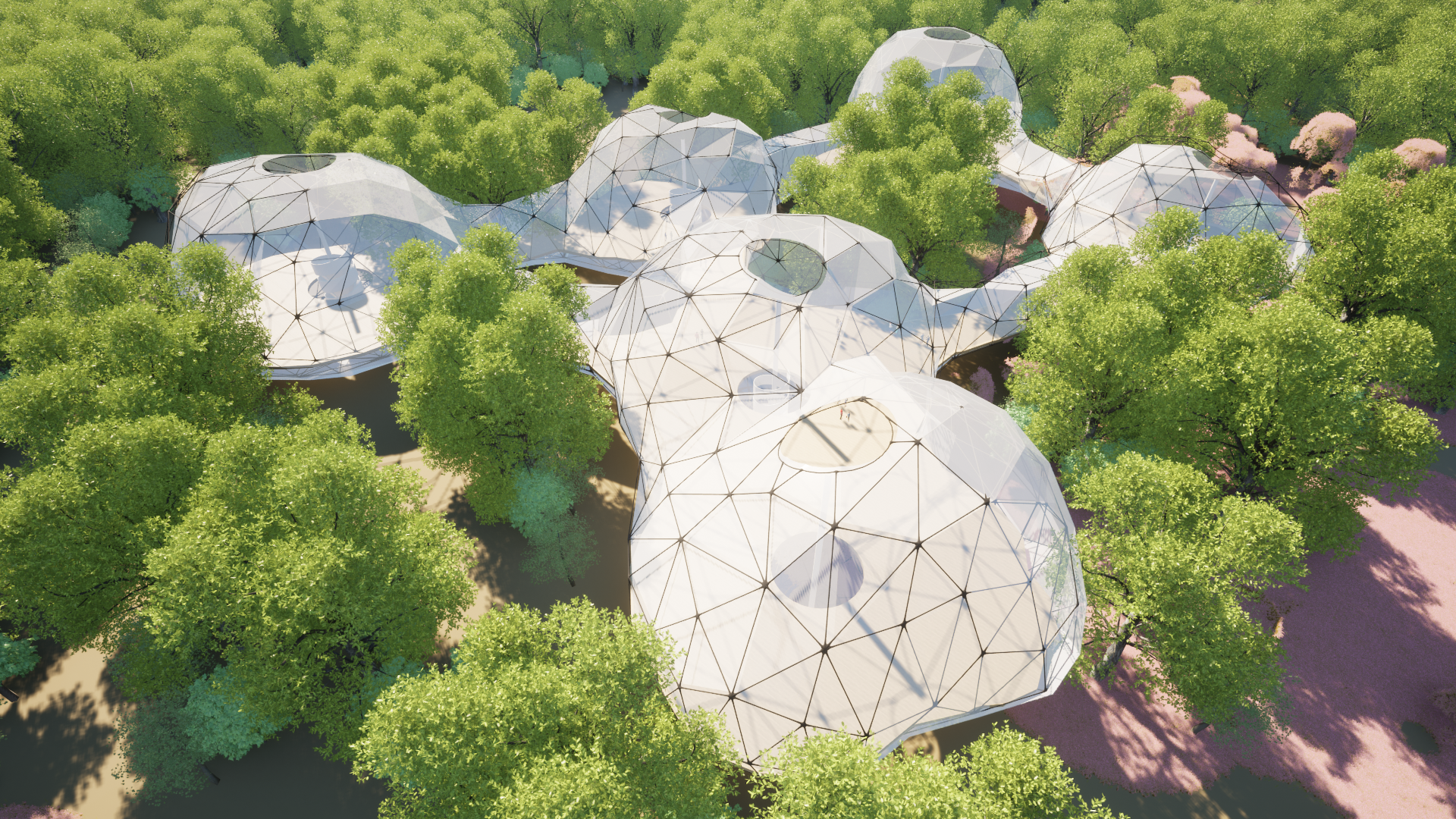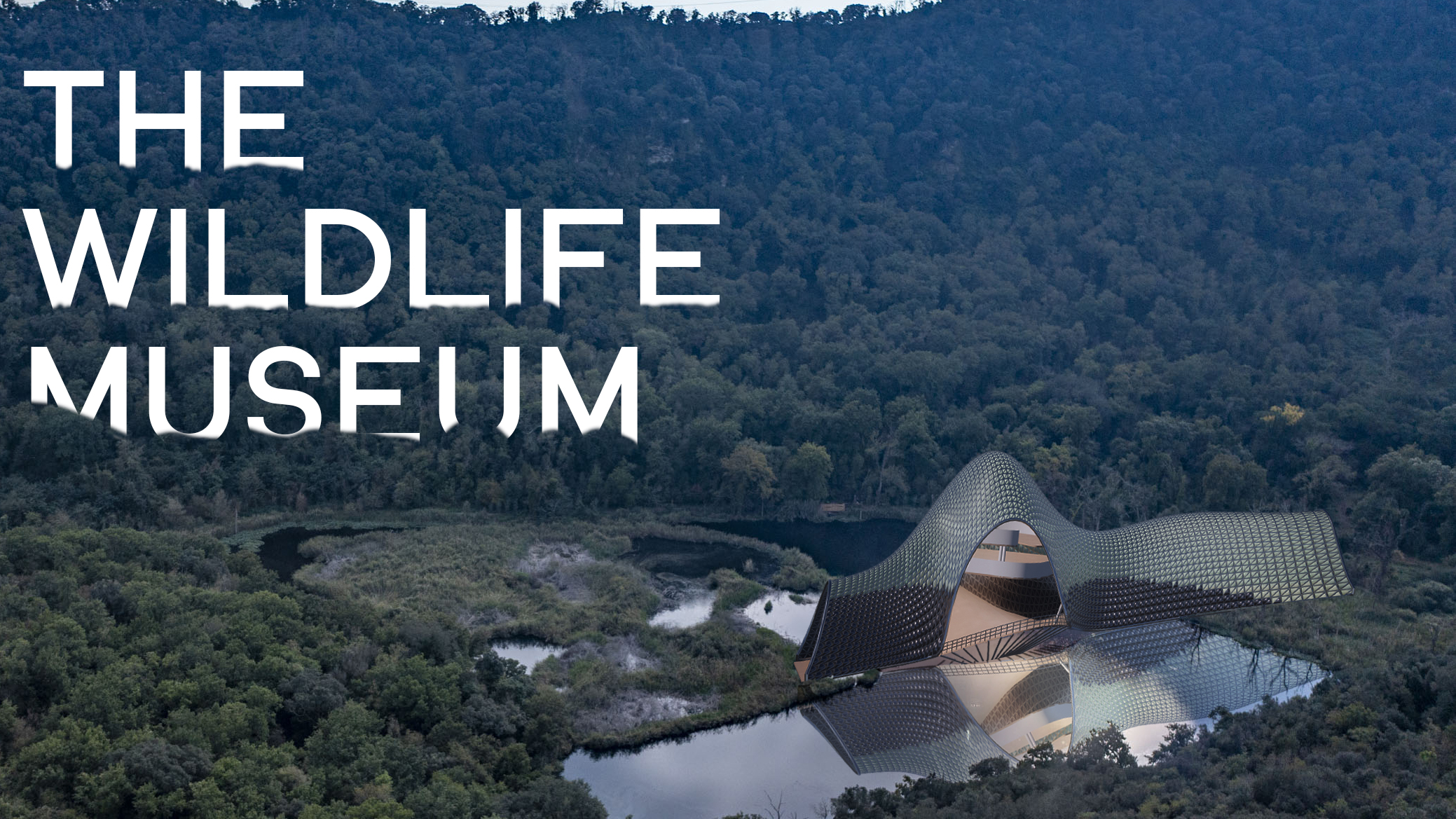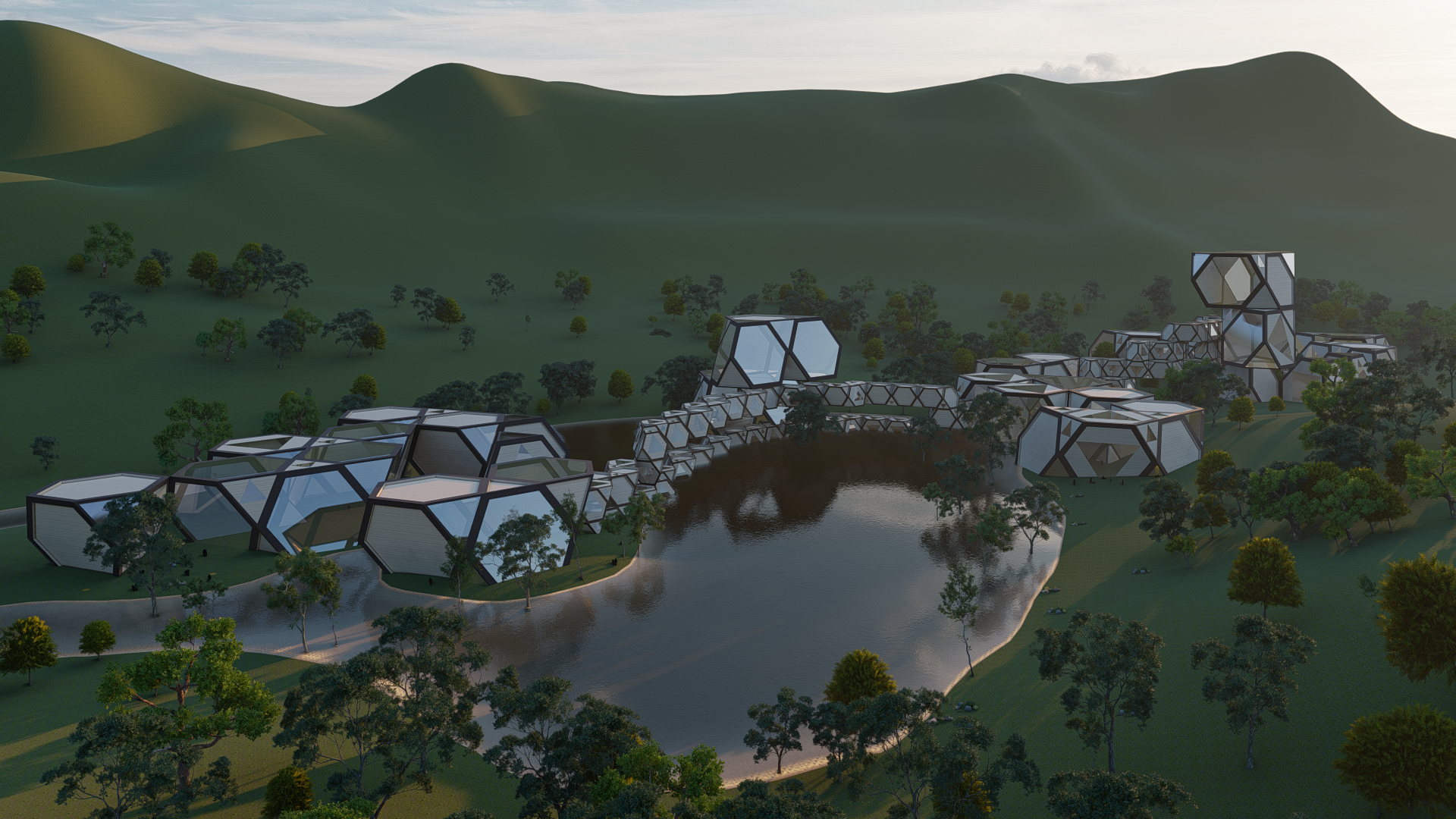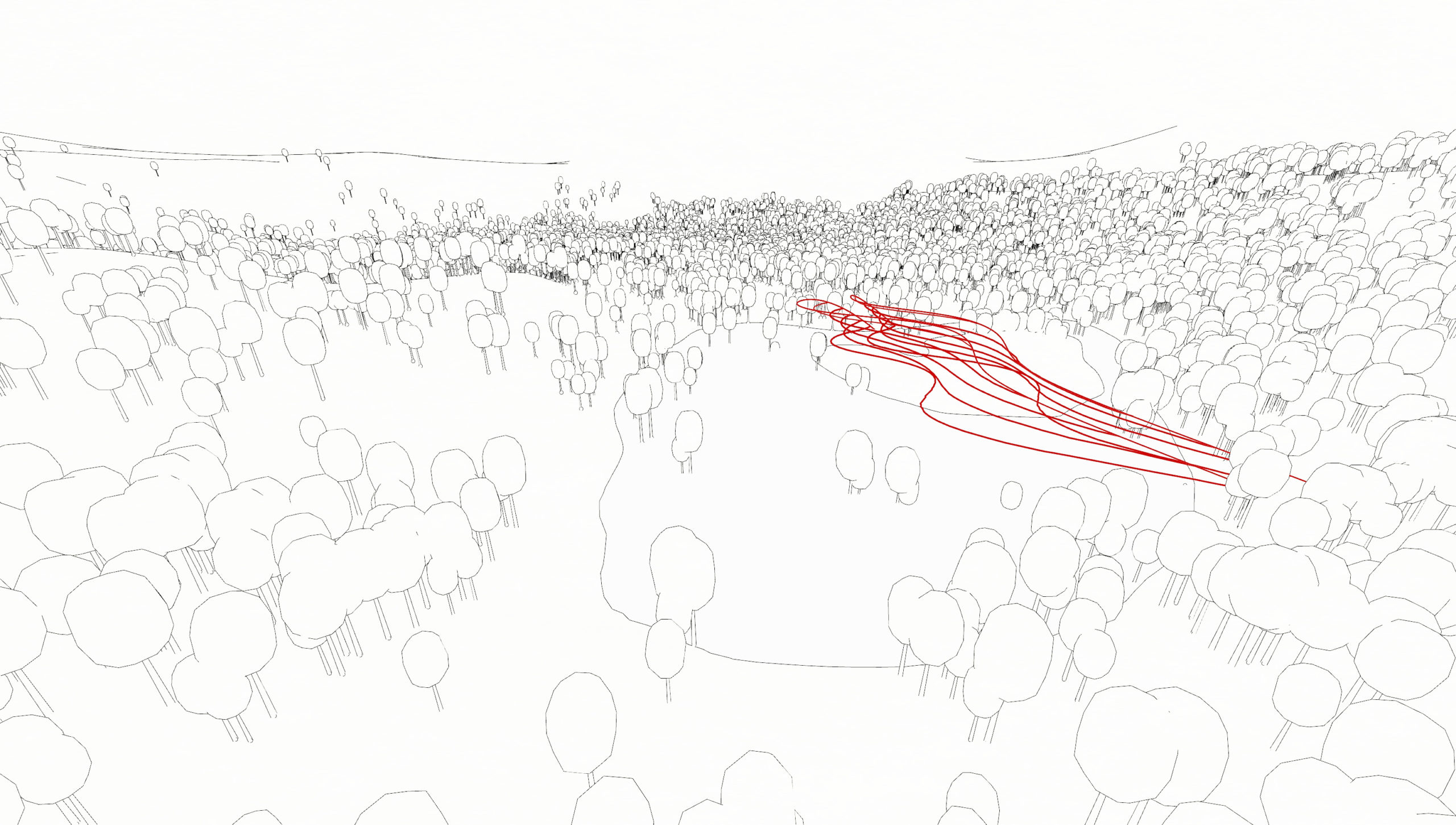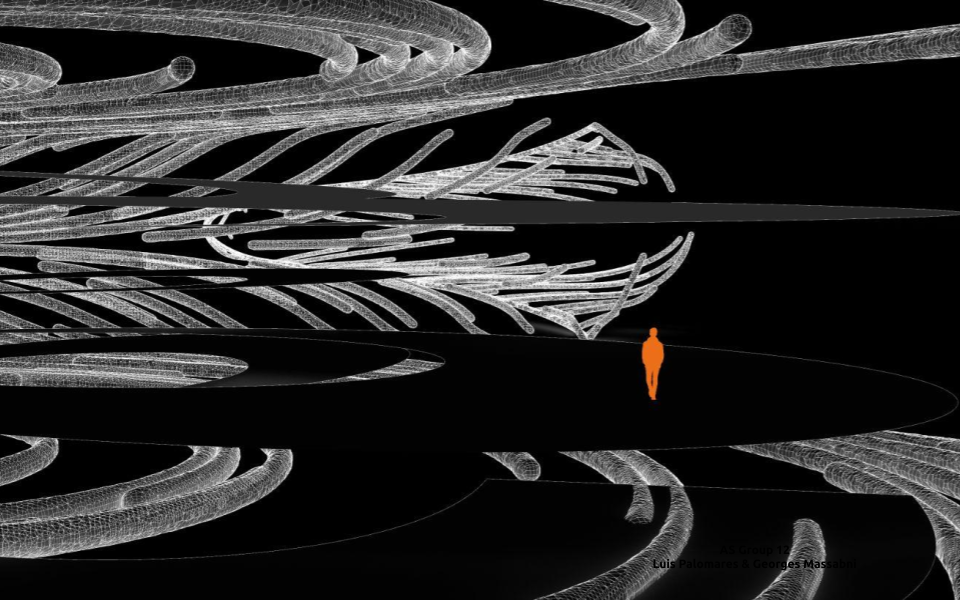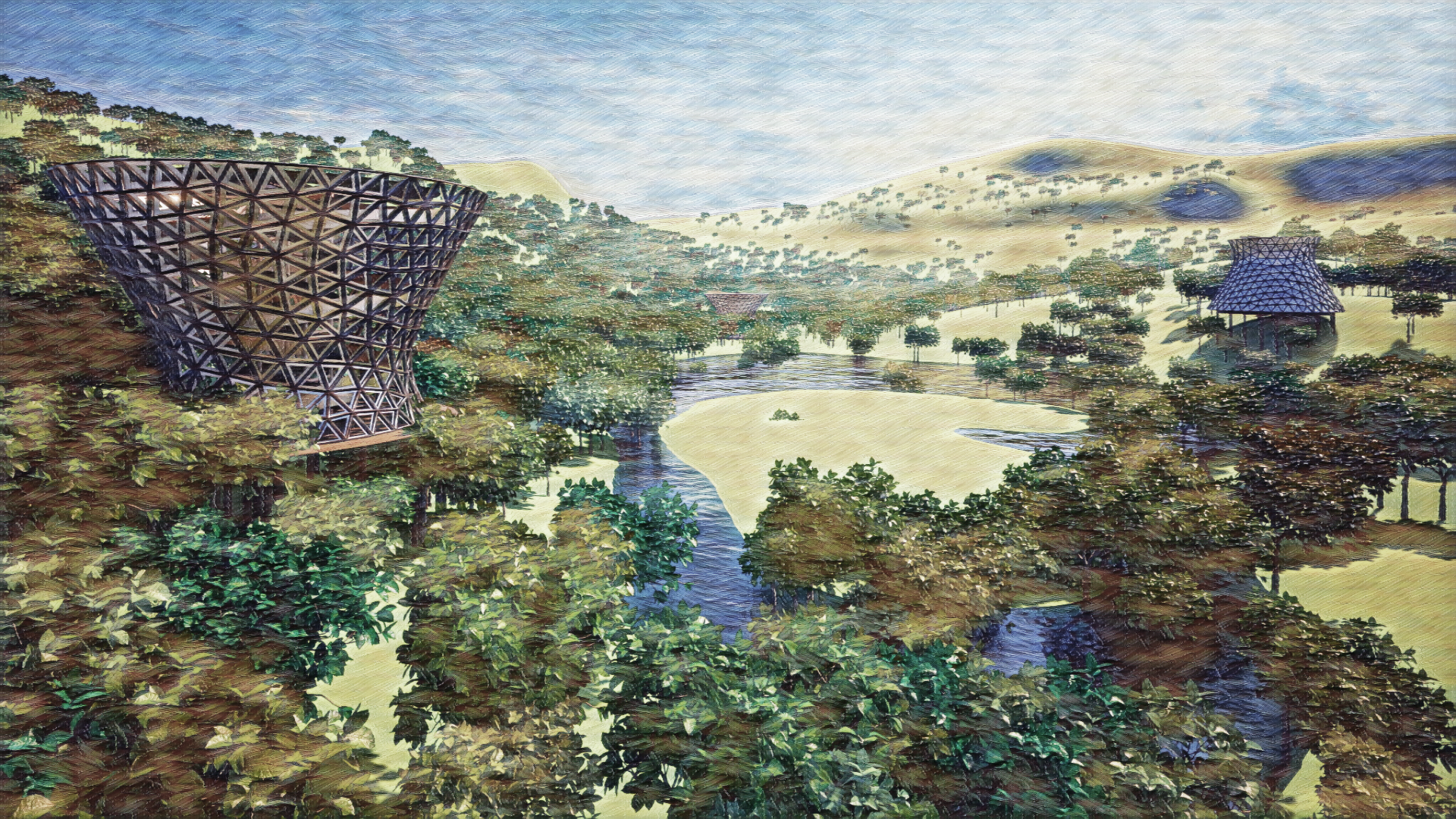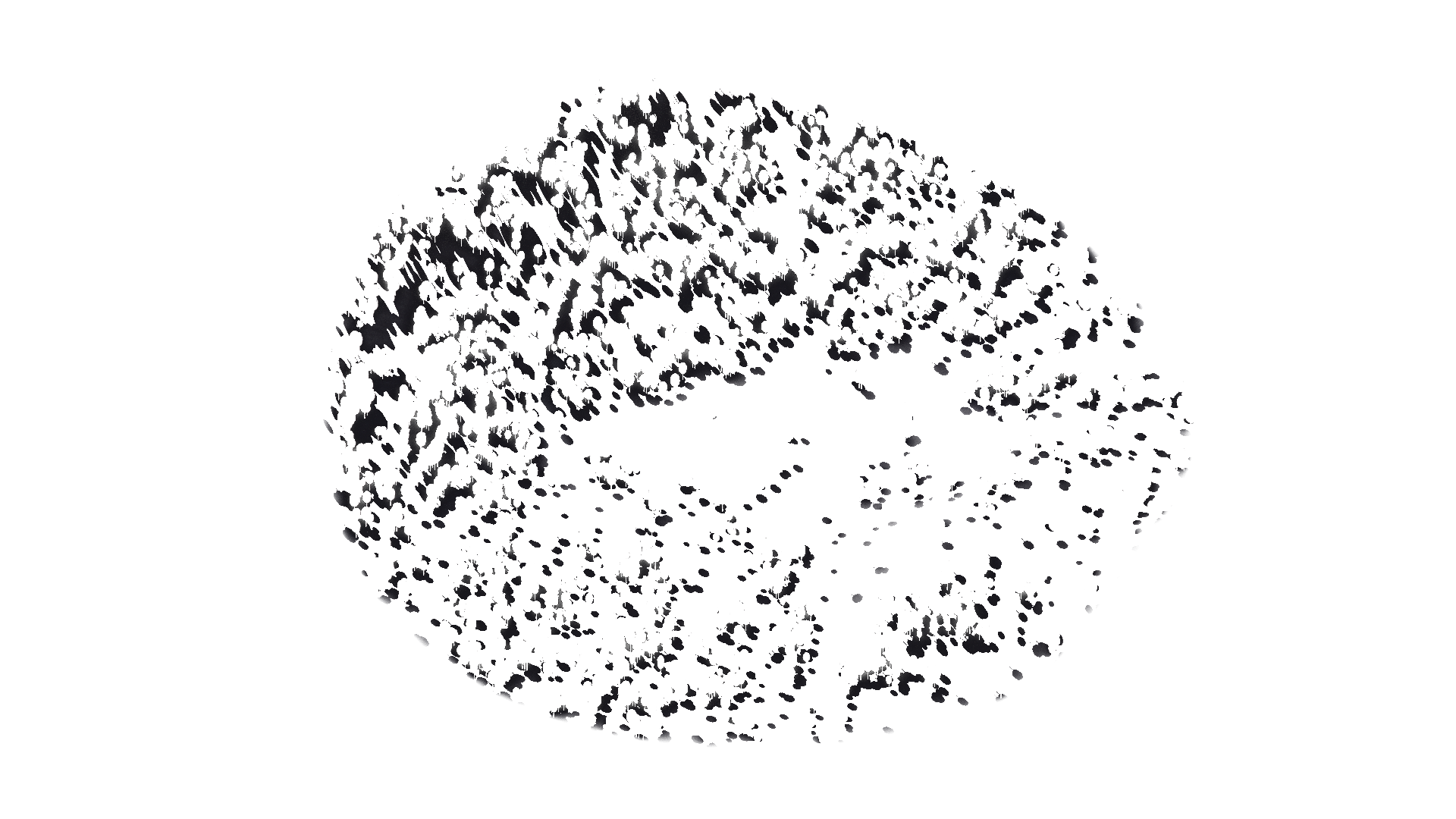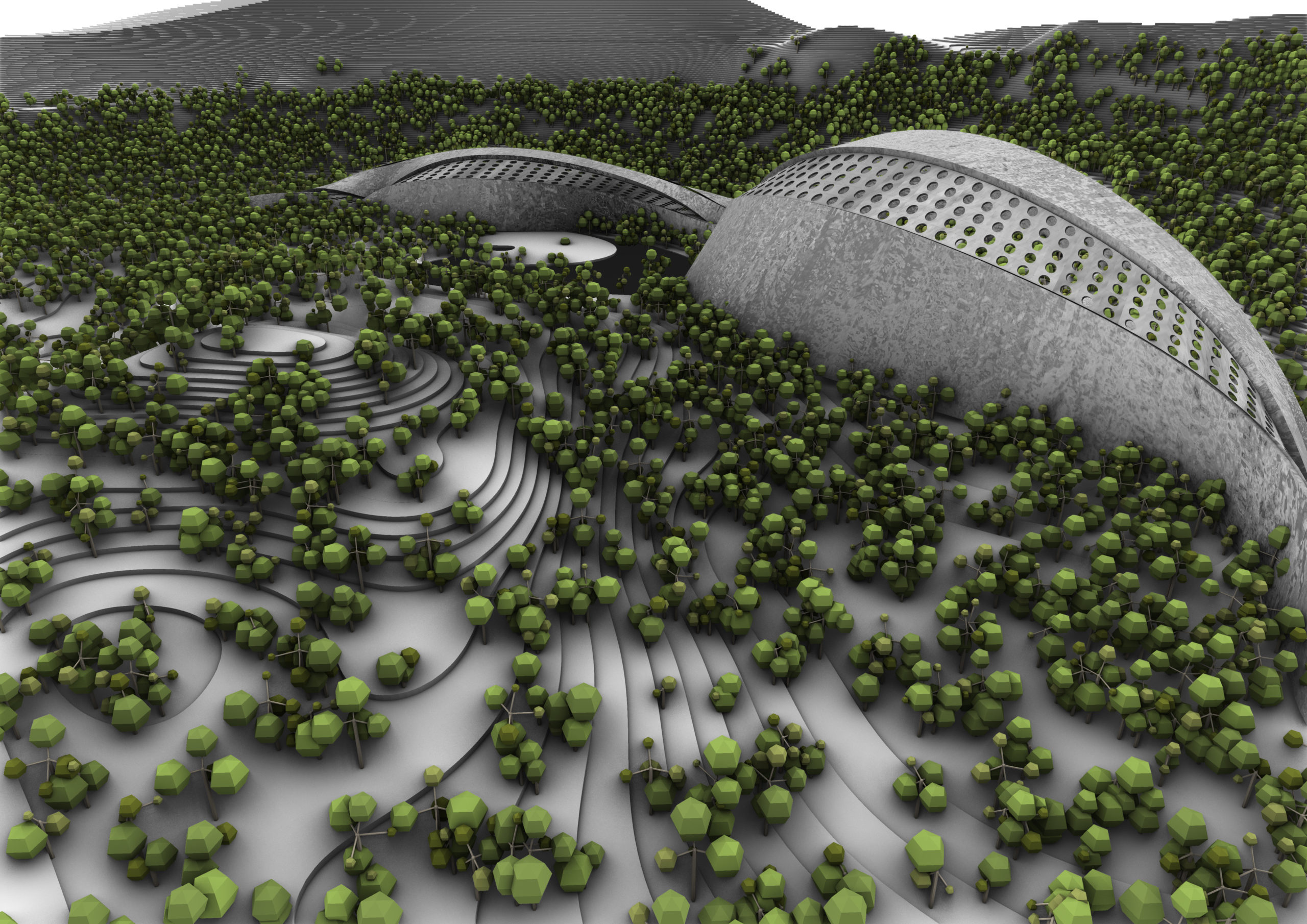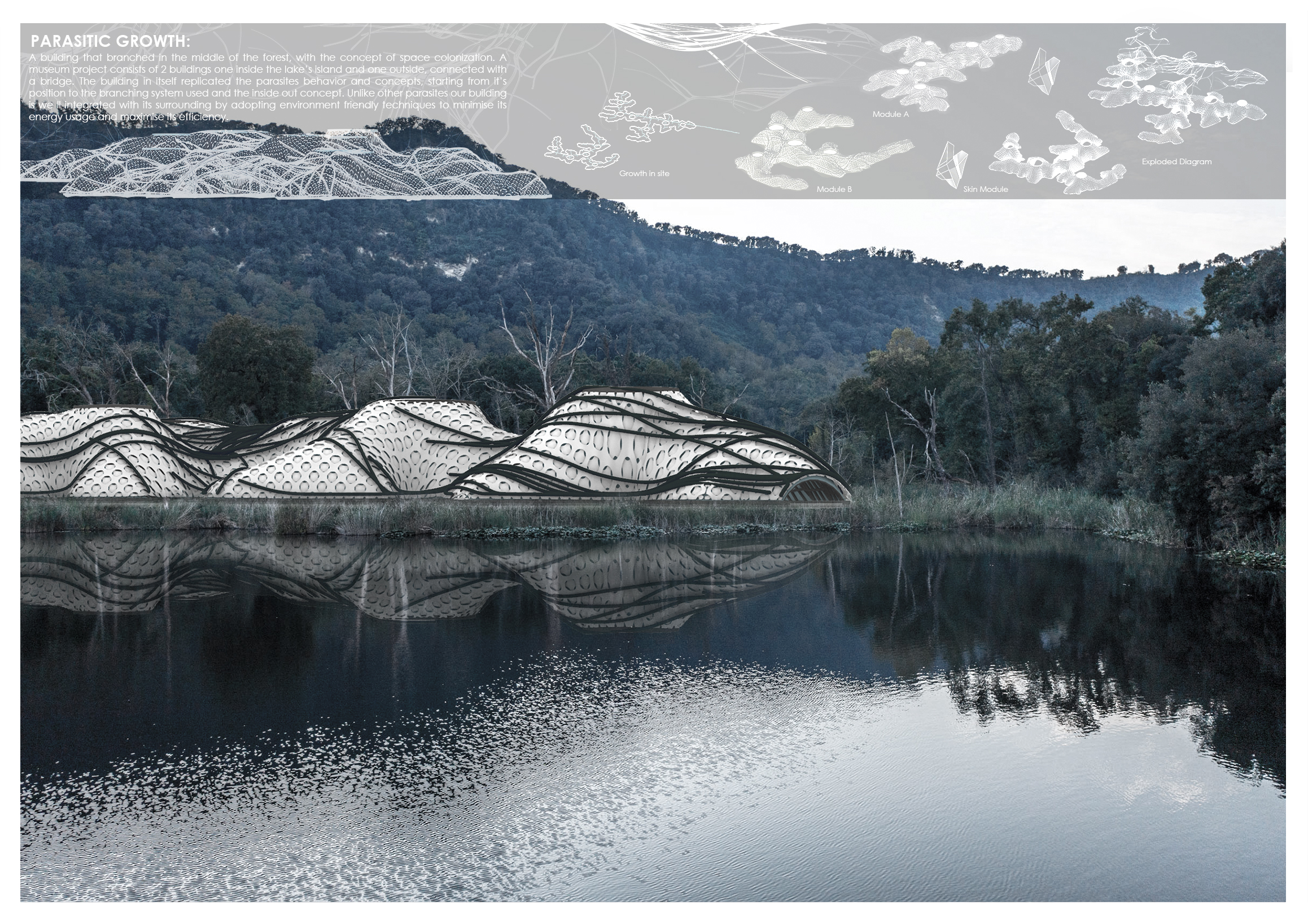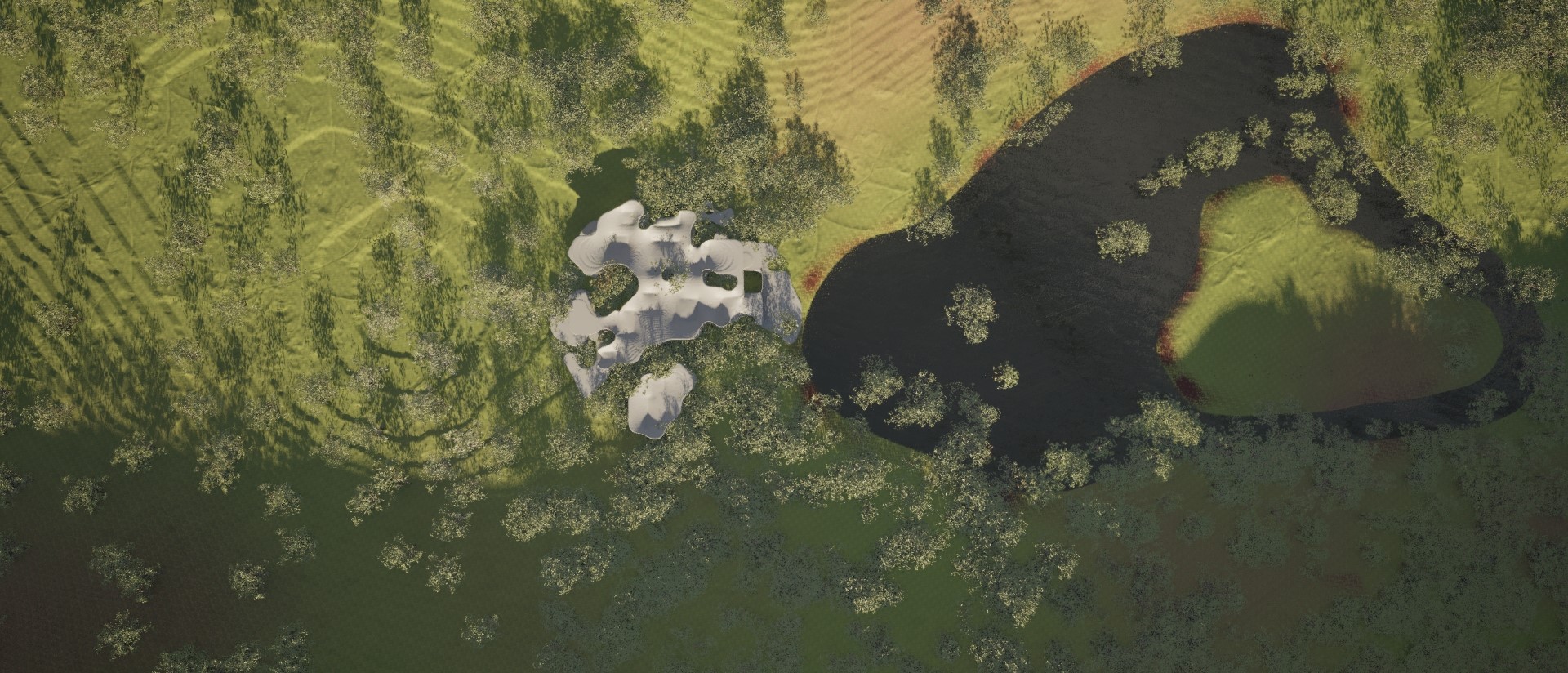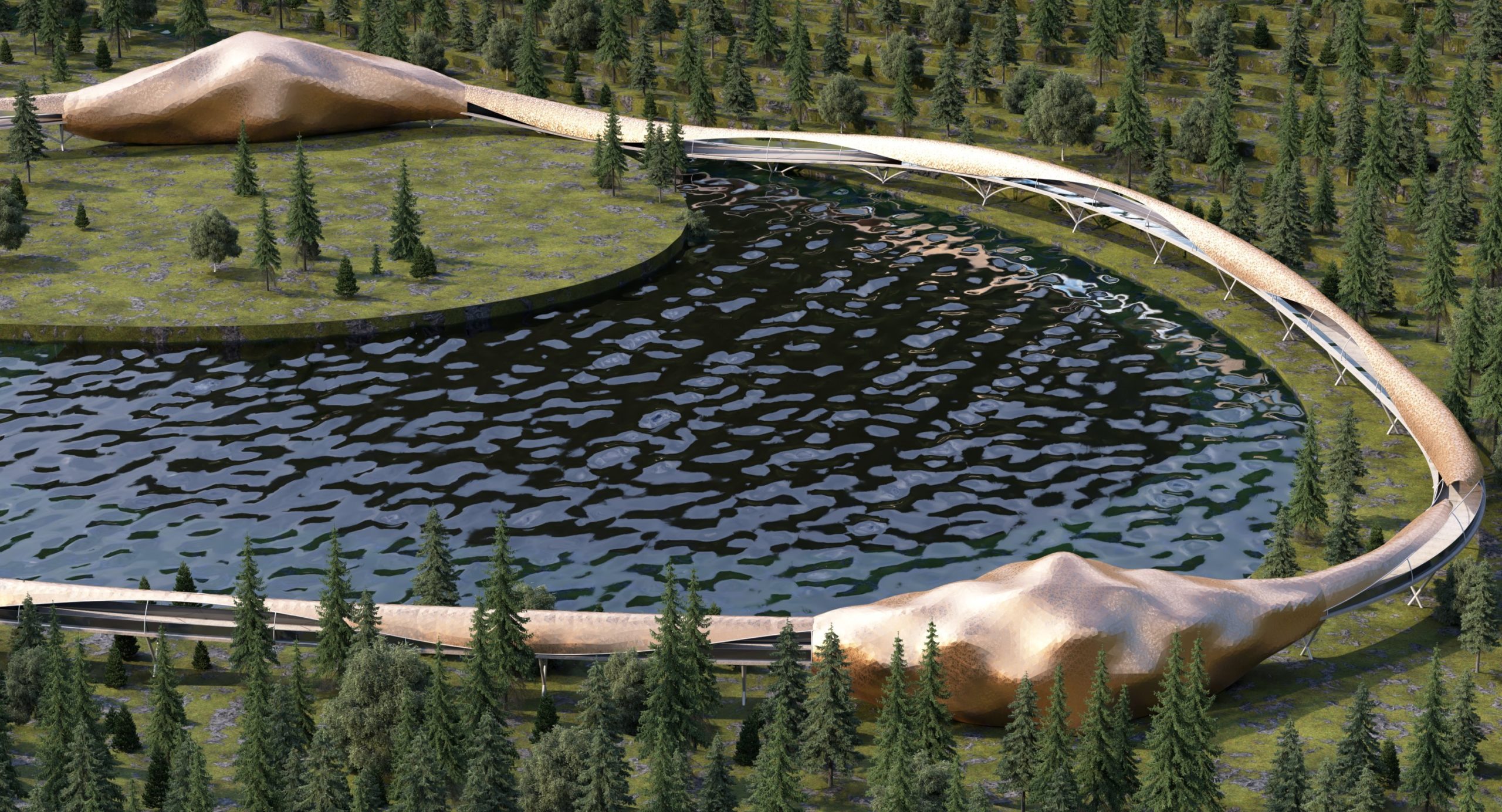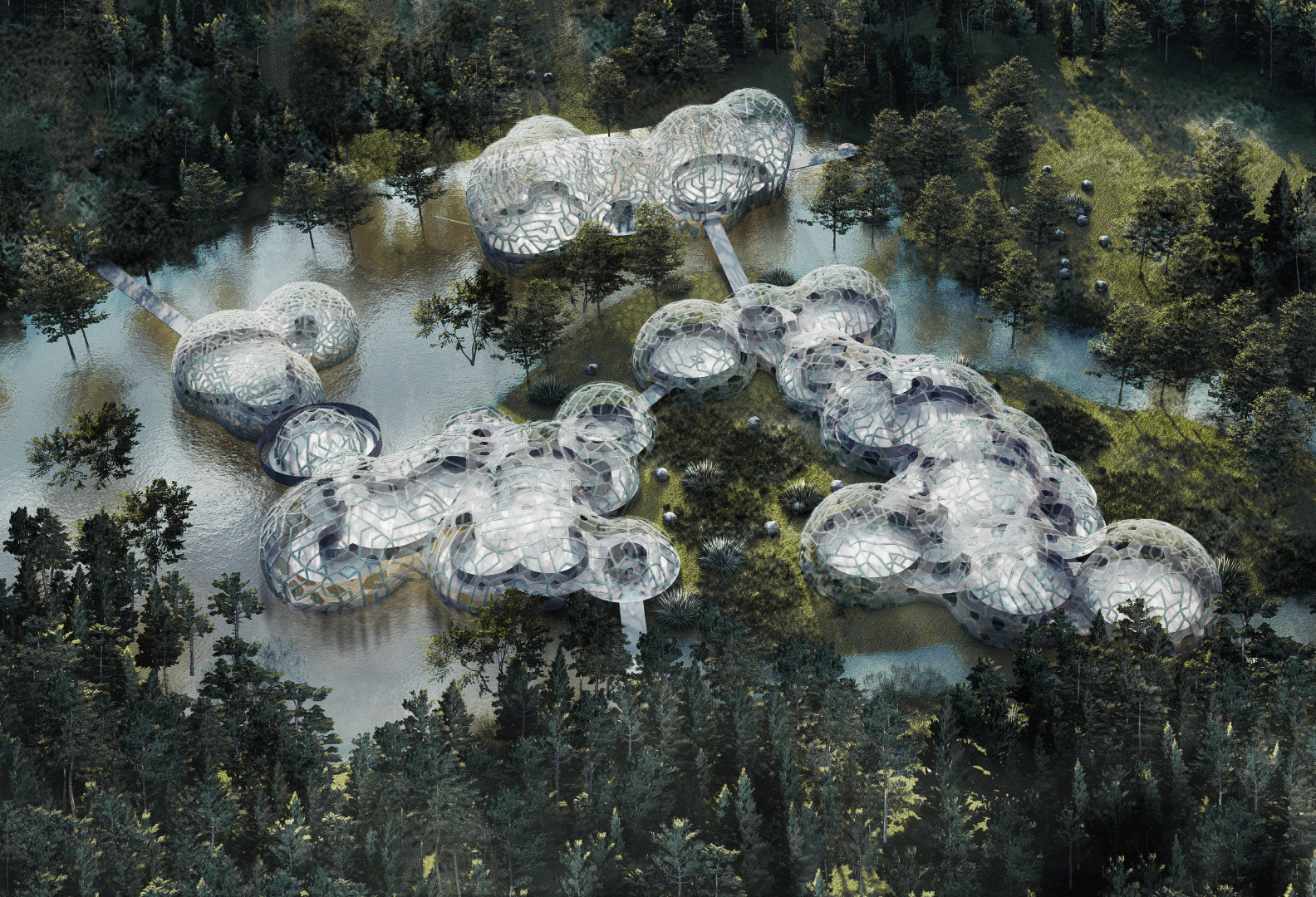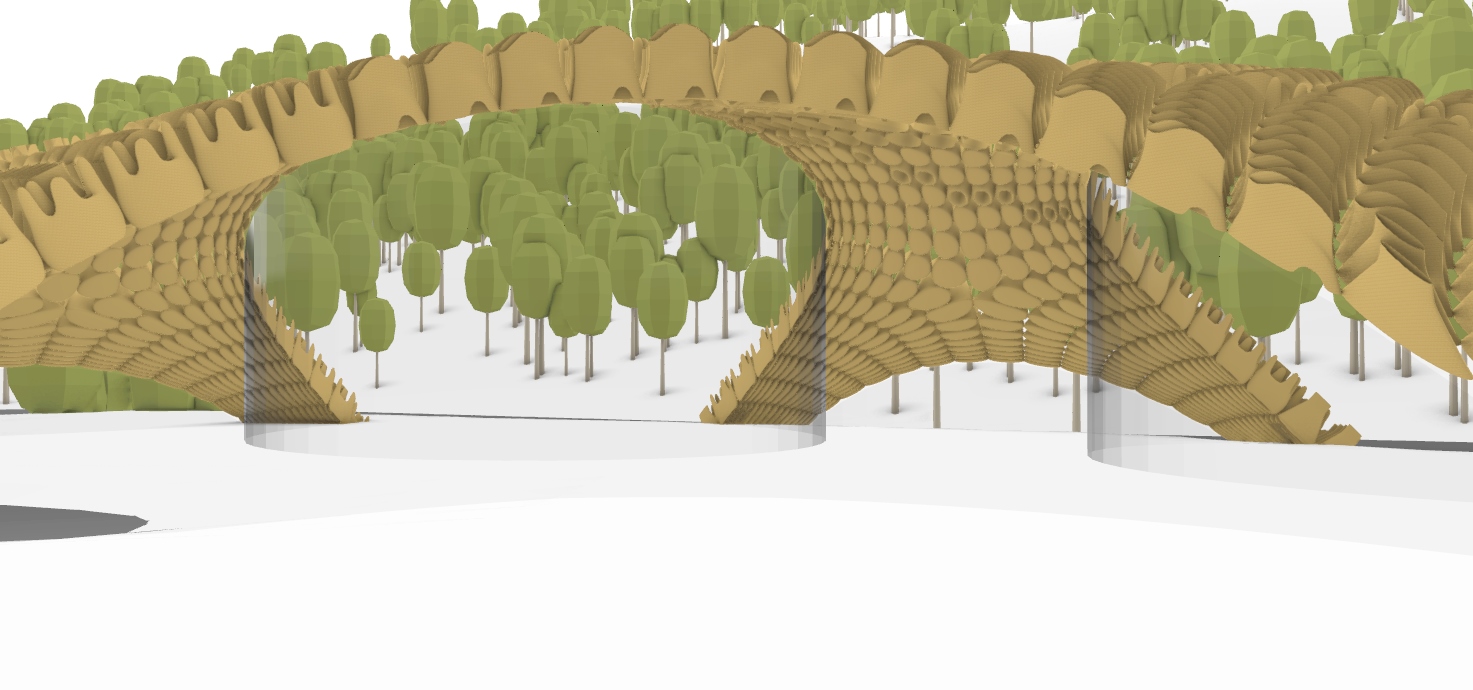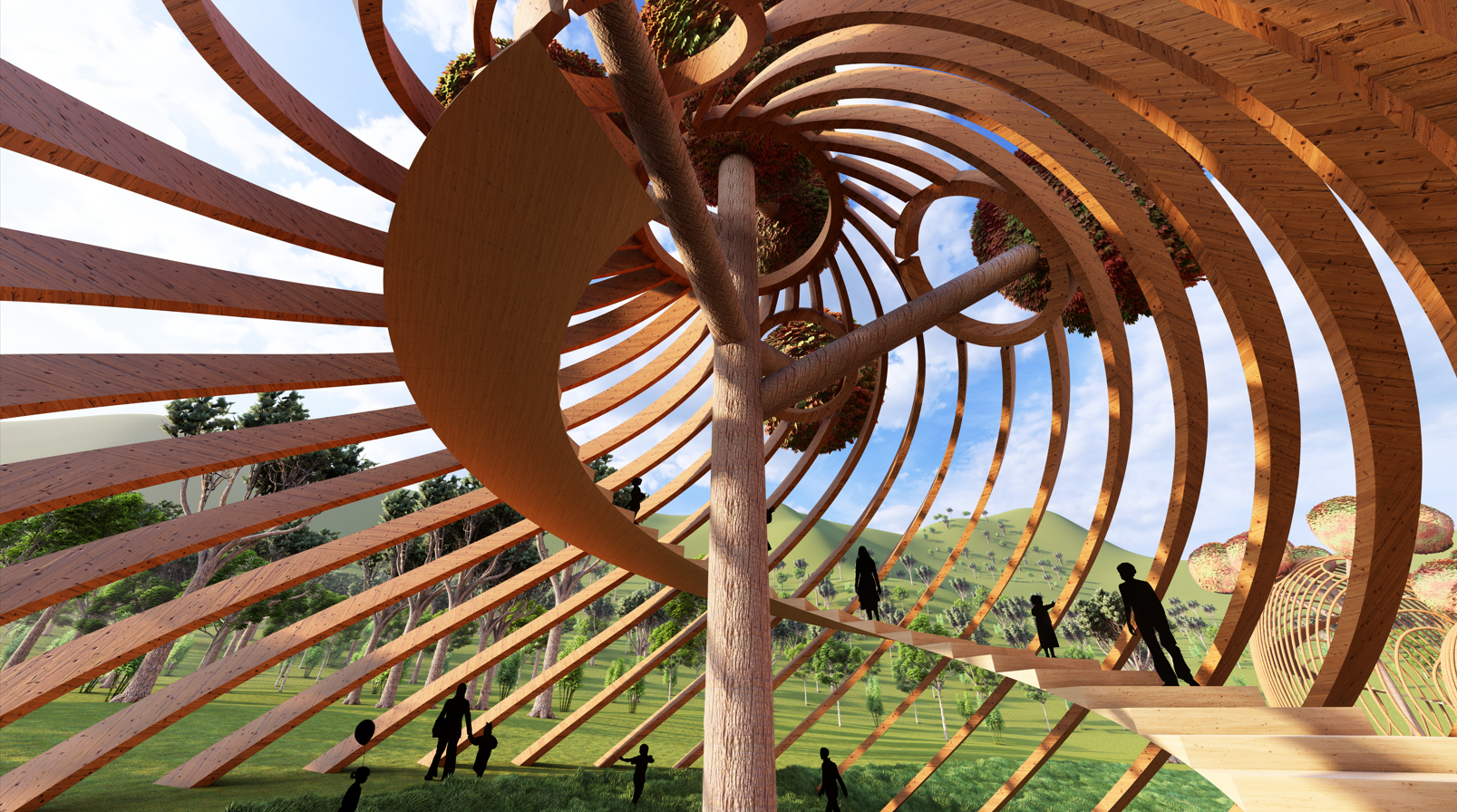Digital Tools for Complex Forming Seminar
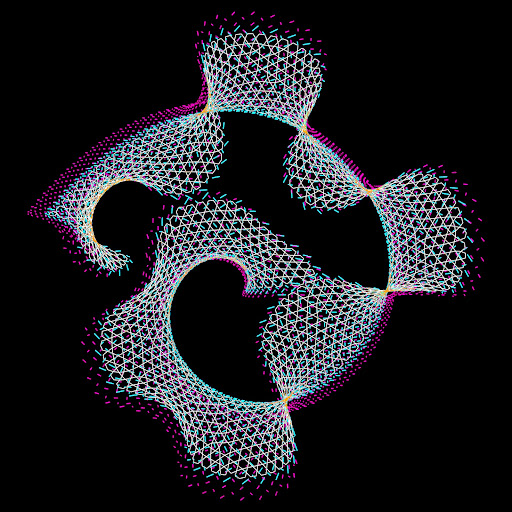
Source: courtesy of Hesham Shawqy
How can we efficiently generate bio-inspired structures? This question lies at the heart of our exploration. Nature has perfected the art of efficiency in its structures, leveraging evolved ingenuity of form to make extraordinarily efficient use of materials. Through mechanisms like folding, vaulting, ribs, and inflation, natural systems have crafted remarkably efficient forms. Nature’s myriad examples serve as a profound source of inspiration for structures that could surpass the efficiency of conventional architectural designs (as discussed in “Biomimicry in Architecture” by Michael Pawlyn).
But why does nature behave this way? It’s the result of the many pressures of survival, from seeking sustenance and thermoregulation to mating and evading predation.
Course Content
Throughout architectural history, nature has been a rich source of inspiration for building forms and decorative elements. However, in this seminar, we delve beyond aesthetics. Biomimicry is about functional solutions, not merely aesthetics.
In this seminar, we will explore various generative systems that underlie natural structures, employing advanced digital design tools. Topics include the history of biomimicry in architecture and related terms like biophilia, bio-utilization, and synthetic biology. We will investigate diverse aspects such as tissues, shell structures, modular systems, growth simulation, adaptive skins, and optimization workflows.
Learning Objectives
By the end of this course, students will:
- Gain insight into the history of Computational Design and Bio-inspired structures.
- Differentiate between Parametric and Generative models.
- Acquire proficiency in Parametric algorithms using Grasshopper3d.
- Understand advanced data structures.
- Learn physics simulations.
- Build skeleton and aggregation systems.
- Explore optimization solvers.
- Document the computational design process and its iterations.
GRASSHOPPER3D, RHINOCEROS 3D, HOUDINI, KANGAROO, BIOMORPHER, WASP, HOUGH, HUMAN, BIO-INSPIRED, EFFICIENCY, ENVIRONMENTAL CONTROL, ADAPTATION, SKELETONS





